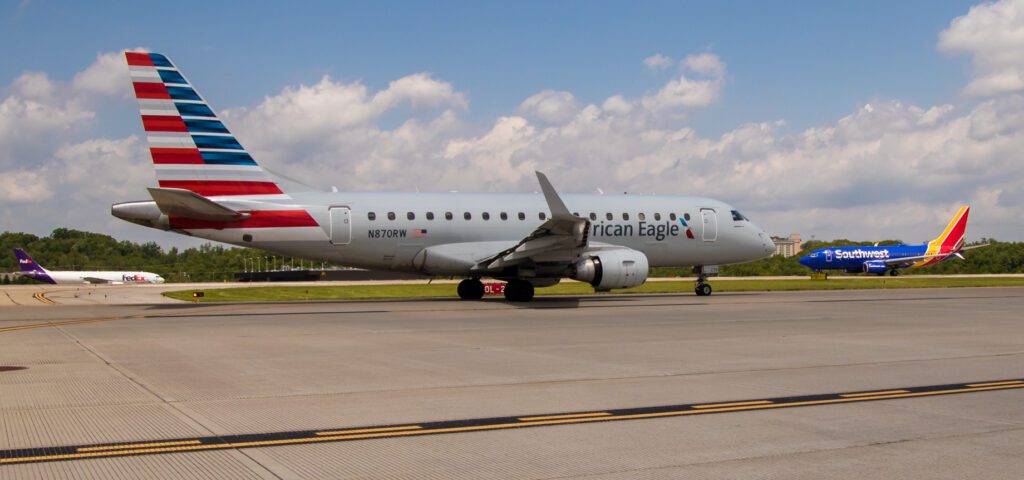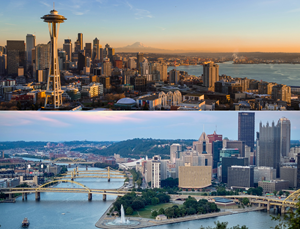USTA: Travel May Buck 2023 Economic Slump
Group says demand could grow even if U.S., Europe fall into recession
By Rick Wills
Published December 5, 2022
Read Time: 3 mins
With a slowdown anticipated for the U.S. economy next year, the travel business may prove more resilient than other parts of the economy, say industry experts, who expect little or no downturn.
“We think the travel industry is uniquely positioned to weather the storm,” said Adam Vance, executive vice president of the U.S. Travel Association (USTA). “We’re not expecting travel to contract.”
In fact, some airline industry executives, like Delta CEO Ed Bastian, have talked about continued recovery for travel next year even if the economy slumps, as experts predict.
“While we are mindful of macroeconomic headwinds, the travel industry is experiencing a countercyclical recovery,” Bastian said during the carrier’s third quarter-earnings call last month. “Global demand is continuing to ramp as consumers shift spending to experiences, businesses return to travel and international markets continue to reopen.”
Ratings agency S&P Global forecasts a contraction starting in Europe this fall and during the first half of 2023 in the United States.
Generally, recessions harm the travel sector. According to Vance, a 1 percent drop in U.S. gross domestic product translates into a 4 percent drop in leading travel indicators, like hotel room bookings.
The USTA estimates a 97 percent recovery for the U.S. travel industry in 2022, relative to 2019 levels. It has downgraded its 2023 forecast to 100 percent of 2019 levels from 103 percent, but that still would represent growth from this year.

The U.S. Travel Association estimates a 97 percent recovery for the U.S. travel industry in 2022, relative to 2019 levels. (Photo by Beth Hollerich)
The travel sector has proven relatively strong during the period of high inflation that hurt some industries in recent quarters. Summer travel did not decline, for example, despite gasoline reaching $5 per gallon and more in early summer.
Bookings at U.S. hotels are now at about 2019 levels, though hotel occupancy still lags in the nation’s largest cities.
One reason for the industry’s relative strength is that the pandemic changed the way people travel based on new habits, like remote work. About a third of people say they plan to travel while they work, according to USTA.
“That’s people traveling while they work, not traveling for work,” Vance said. “It’s an added layer of demand.”
International travel lags
International travel has been slower to recover than domestic travel, for several reasons.
While travel to the U.S. from Canada, Mexico and the United Kingdom is 85 percent of what it was three years ago, travel from Asia is less than half of what it was—a result of distance, hesitancy and China’s stringent zero-COVID policy.
In addition, a strong dollar makes the United States a less attractive destination for foreign visitors.
The U.S. currency’s value climbed more than 10 percent in the first 10 months
of this year and is now stronger than at any time since the 1980s, according to the Federal Reserve.
That makes the cost of staying in the United States 13 percent higher for British visitors and 26 percent higher for people from Japan. Against the yen, the dollar hit a mark last seen in 1990 and against the euro it strengthened to one to one for the first time since 2002.
Of course, the stronger dollar means more buying power for Americans headed overseas.
Inbound international travel has also been hampered by government delays in issuing visas to visit the U.S.
USTA that the U.S. will lose nearly 7 million potential visitors and $12 billion in projected spending in 2023 due to excessive wait times for visas, which now average 400 days for first-time visitor visa applicants.
Watch
This Next
Read
This Next





